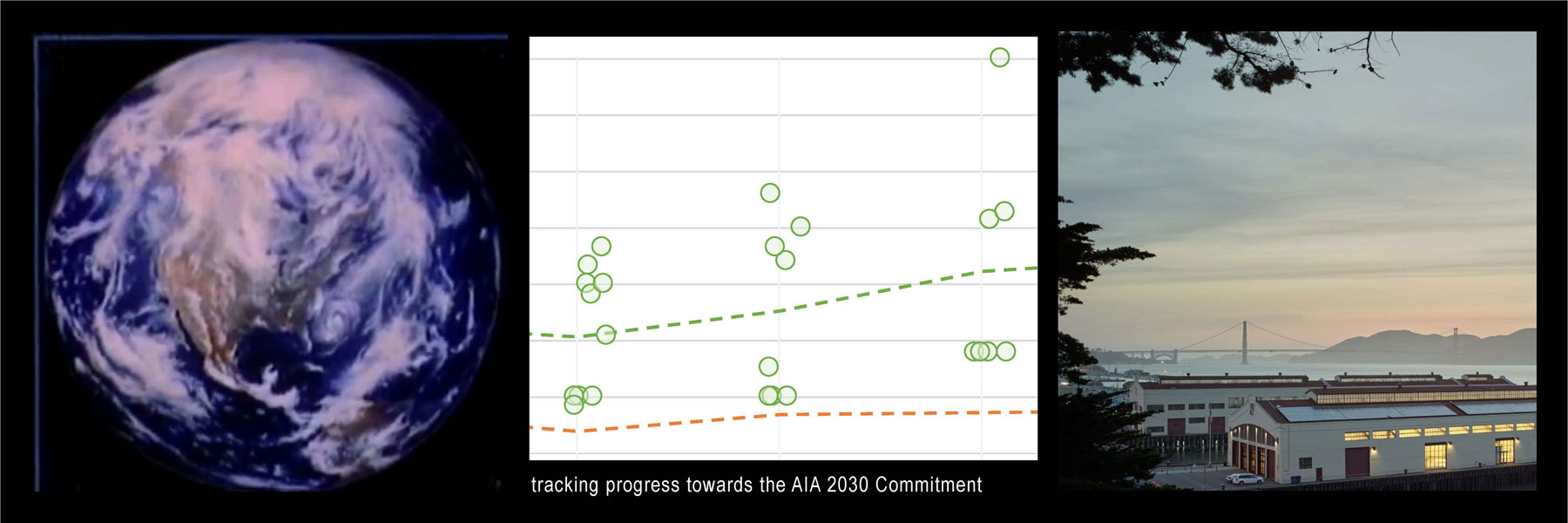
What is the impact of our work as designers, from the global scale to the cellular scale? Using energy as a proxy, can we measure our reach beyond the property line and within it?
Story Author
Gwen Fuertes

Metrics and data are more abundant than ever in the field of design. Access to parametric analysis tools, micro-climate weather files, 15-minute increment submetering reports, and aggregated post-occupancy evaluations now often influence an architect’s approach. We are now frequently called on to understand, evaluate, and respond to an ever-growing mass of data. Which data are essential and meaningful to inform our work? What is the scale of influence of these numbers, and what role can and should they play in our process?

Borrowing from the Eames’s “Powers of Ten” visual essay, and using energy metrics as a proxy for impact, we step deeper into the question of scale. We are just beginning to understand the telescopic and microscopic impact our work can have as it takes on form and life in the world, and from that, we start to understand the possibilities embedded in design that is underway.

While a building’s physical scope may end at the property line, we are invested in the reach that a building can make beyond: on the district grid, among its neighbors and ecosystems, and with one’s spirit, health and well-being.

“The nucleus within holds the heredity of the man, in the coiled coils of DNA.” -Powers of Ten
Consider a building as a vessel for education, inspiration, renewal, development, rehabilitation. A design can muster an influence over these processes, and serve as a model for the future. A design, like DNA, has a role of predetermining the course of development. Can design intervene as a behavior change agent? Can buildings take a role in fostering leadership, responsibility, and creativity?

“The earth diminishes into the distance, but the background stars are so much further away that they don’t yet appear to move.” -Powers of Ten
Faced with an overwhelming urgency to shift the course of global development, the role of one building seems as small an insignificant as a distant star in the edges of the frame. But by reframing one’s view by several powers of ten, that same building can serve as a model for hundreds of others. A distant star, aggregated, becomes a constellation... a galaxy. Our works are contributing towards an ecosystem of progress.
Credits
Charles and Ray Eames - 1977 Power of Ten
https://vimeo.com/75568649
Project Sunroof
https://www.google.com/get/sunroof#p=0
AIA 2030 Commitment
http://www.aia.org/practicing/2030Commitment/